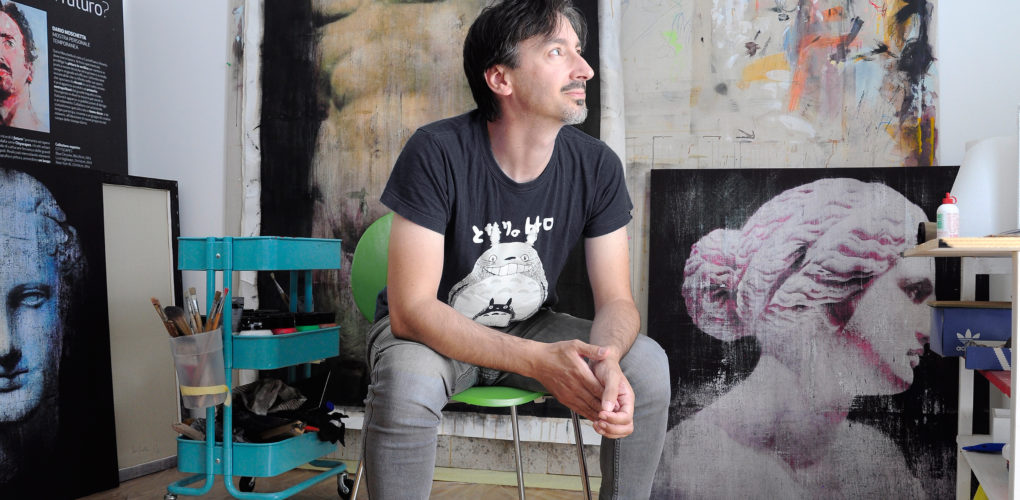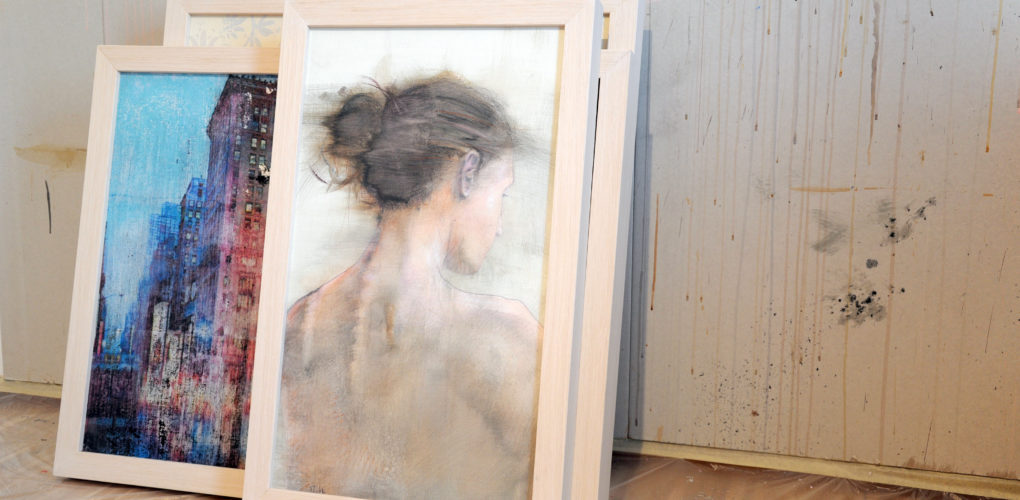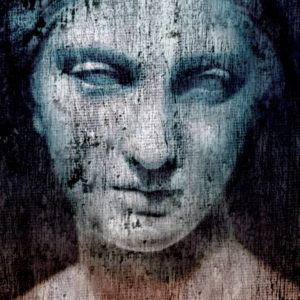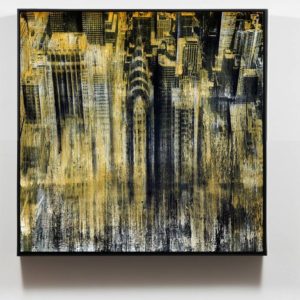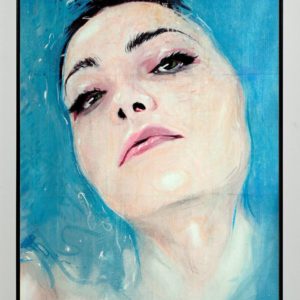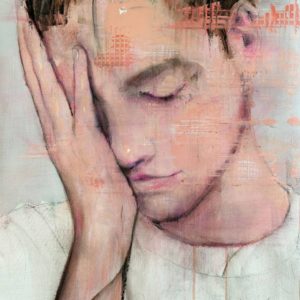Inside the Studio
 Finding Beauty in Imperfection with Dario Moschetta
Finding Beauty in Imperfection with Dario Moschetta
What are the major themes you pursue in your work?
I like to portray people and study their expressions. I like aerial views of big cities and city skylines without the presence of people. From that vantage point, the cities appears silent and full of mystery. Lately I’ve been captured by classical marble statues. They are ageless, immortal beauties. Everybody is fascinated by them, and their beauty deserves to be forever preserved by the most resistant material. I paint these statues and I try in my own way to make some of their beauty to stay. Sometimes this beauty turns out to be more attractive if there is some flaw: a missing nose or a chip on the surface.
How did you first get interested in your medium, and what draws you to it specifically?
I use two different techniques. It all depends on the kind of effect I want to give to what I’m working on. I use brushes and acrylic colors in the usual way, on the canvas, mainly for the portraits and the nudes. Developed 10 years ago, I use the technique of printing out the photo on paper and then transferring the photo on to the canvas by blending the printing pigment with the vinyl glue. After this opening step, I start to work the surface in order to transform it in a kind of tapestry damaged by time, uneven and rough to the touch, also with some tears here and there. It has a worn out look, where the canvas looks like it had a long and troubled life.
How has your style and practice changed over the years?
Until ten years ago my work was basically brush, color and canvas. Only portraits and nudes. Then I tried to adhere more to reality and I developed the technique based on photos transferred on canvas, as previously described. Through this technique I wanted to depict the absolute, perfect beauty, isolated by a dark base coat that gives a sense of abandonment and a state of calmness attained through the centuries. I could say the same about the cities aerial view.
Can you walk us through your process? Do you begin with a sketch, or do you just jump in? How long do you spend on one work? How do you know when it is finished?
I start by looking at every kind of photo: portraits, cityscapes, isolated landscapes, nudes with a unique pose. When I find the right photos, I move forward with the transferring method. I use acrylics and soft oil pastels; sometimes I also use spray paint and stencils. My work ends when I’m satisfied with what I’m seeing, when it has the right shade of color, when shadows and lights are in perfect balance, when imperfections seems to be more beautiful than perfections, when it convey a certain human condition, if it is about a portrait or a mythological figure.
If you couldn’t be an artist, what would you do?
I would be a watchmaker, because I like the complexity of the mechanisms that are needed in order to make a watch work. Every time I look inside a watch I’m amazed by the fact that those pieces of metal, shaped in tiny structures, come to life like in a living entity.
If you could only have one piece of art in your life, what would it be?
A triptych by Francis Bacon.
